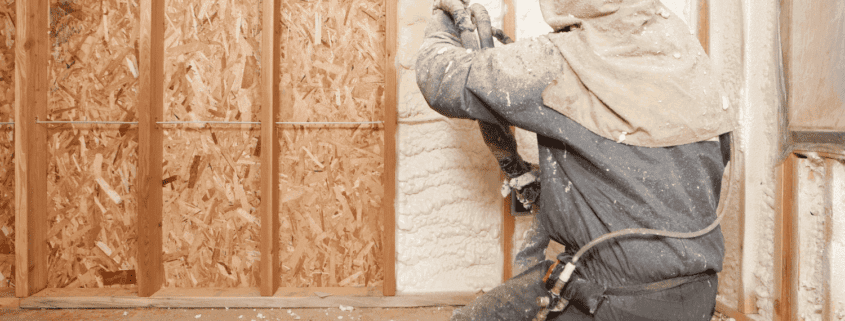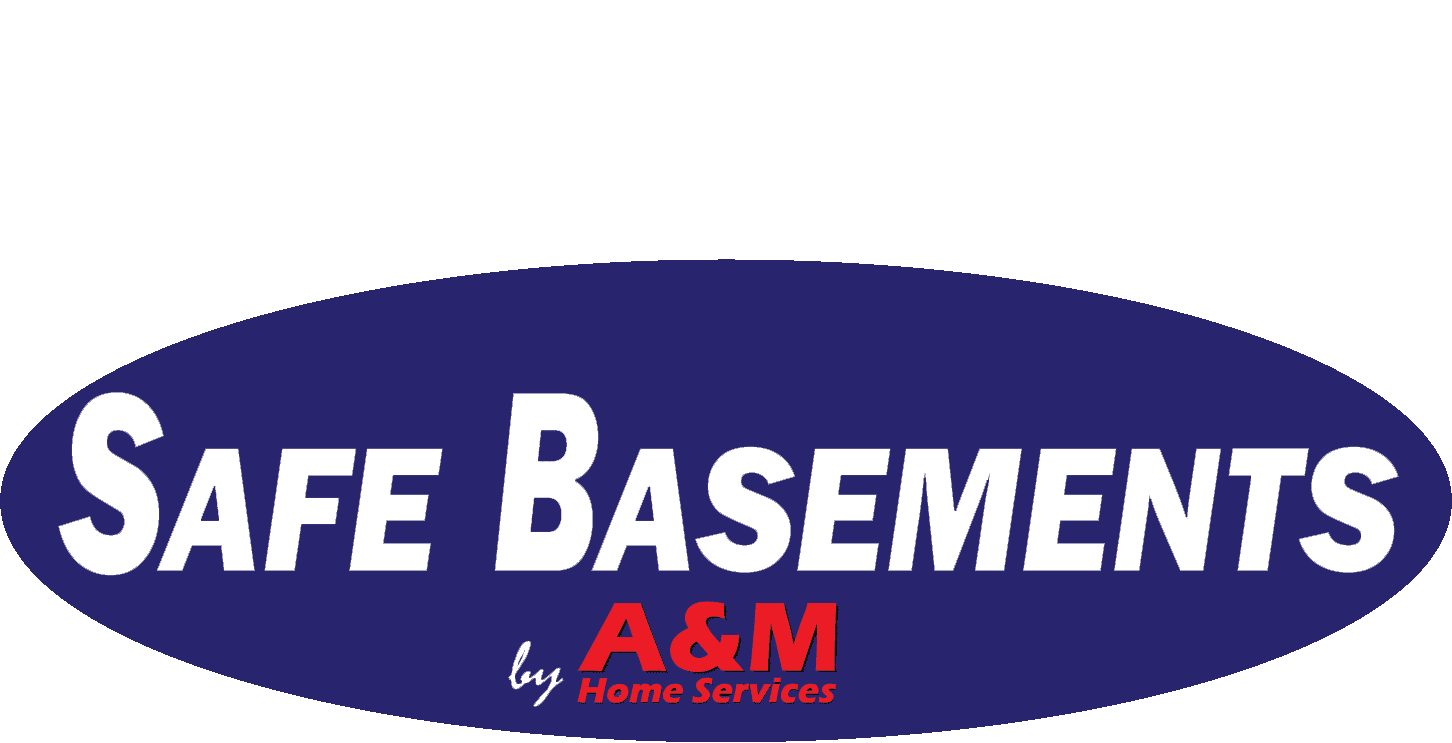Can You Over Insulate a House?
Can you over insulate a house? Yes, it’s possible to have too much insulation, and it can lead to several problems. Over-insulating can cause moisture buildup, poor air quality, and even increased energy costs. This article will explore how to identify if your home is over-insulated and the impact it can have.
Key Takeaways
- Over-insulation can lead to moisture buildup, reduced air quality, and increased energy costs due to strain on HVAC systems.
- Climate and R-values play a critical role in determining the appropriate amount of insulation needed for energy efficiency.
- A professional energy audit can help identify insulation deficiencies, guiding homeowners toward optimal thermal performance and significant long-term savings.
Understanding Over Insulation

The primary purpose of insulation is to maintain a stable temperature within your home by reducing airflow, ultimately saving energy and lowering heating and cooling costs. However, when insulation is overdone, it can lead to diminishing returns. Spending money on excessive insulation that doesn’t provide additional benefits is not just wasteful but also counterproductive.
Optimal insulation is about finding the right balance between upfront costs and long-term energy performance. Regional building codes provide guidelines, but they don’t always represent the ideal amount of insulation for your particular situation. While more insulation might seem beneficial, it can sometimes require manual ventilation to prevent moisture buildup, compromising its effectiveness.
Understanding over-insulation helps you avoid unnecessary expenses and potential issues from excessive insulation. Achieving the right balance ensures your home is comfortable, energy-efficient, and free from moisture and mold problems.
Signs of Over Insulation in Your Home

Excess insulation can manifest in various ways, often creating discomfort and even health issues. One of the primary signs of too much insulation is moisture buildup. This can lead to mold growth, which poses serious health risks to the occupants. The trapped moisture can cause structural damage over time, leading to costly repairs.
Another telltale sign is poor indoor air quality. When airflow is blocked due to over-insulation, it can result in stale, stuffy air and potential respiratory issues. This is particularly concerning in homes where proper ventilation is not in place to counteract the effects of over-insulation.
Proper ventilation is crucial for maintaining indoor air quality. Without it, the humidity levels in your home can skyrocket, leading to a range of problems from structural damage to health issues. Identifying these signs early allows for corrective measures before problems escalate, including the installation of roof vents.
The Role of Climate in Insulation Needs
Climate plays a significant role in determining how much insulation your home needs. The insulation requirements can vary drastically from one region to another, influenced by factors like temperature fluctuations and humidity levels. For instance, in hot climates, insulation typically requires less than 10 inches to be effective.
Different regions have specific R-values that are recommended based on climate zones. These R-values indicate the thermal resistance of the insulation material, helping to control heat flow and improve energy efficiency. Meeting or exceeding these recommendations helps avoid energy loss and maintains a comfortable indoor environment.
Building codes often fall short in reflecting the unique insulation needs of different climates. They can provide a false sense of security, leading to potential under-insulation in some regions. Considering factors like thermal performance and specific energy modeling is important when determining the right amount of insulation for your home.
Impact on HVAC System and Energy Bills

Over-insulation can have a significant impact on your HVAC system, forcing it to work harder and longer to maintain the desired temperatures. This increased workload can lead to higher energy bills, as the system consumes more energy to keep your home comfortable. It’s a classic case of diminishing returns where adding more insulation doesn’t necessarily equate to more savings.
Poor air circulation caused by over-insulation can result in uneven temperatures across different rooms in your home, leading to warm air pockets. This not only affects comfort but also puts additional strain on your HVAC system, further driving up energy costs. Proper insulation can significantly reduce heat transfer, heating and cooling costs, potentially lowering energy bills by around 15%.
The right insulation balance ensures your HVAC system operates efficiently, maintaining a comfortable indoor environment without high energy costs. This balance is key to enjoying the full benefits of insulation without the drawbacks of over-insulation.
Balancing Insulation for Optimal Performance
A well-balanced insulation system offers numerous benefits, from enhancing indoor air quality to reducing drafts and improving overall comfort. When your home is properly insulated, your HVAC system doesn’t have to work as hard, which can extend its lifespan and reduce maintenance costs.
Understanding R-values is key to achieving optimal insulation. The R-value measures the thermal resistance of an insulation material, and higher R-values provide better insulation. Additionally, sealing air leaks around vents and pipes can significantly improve energy efficiency and reduce heat loss. This combination of proper insulation and air sealing can save homeowners between 10% and 20% on energy costs annually.
Professional installation ensures correct and efficient application of insulation installed. Experienced professionals can identify less obvious areas needing insulation, such as around ductwork, pipes, and electrical outlets. This comprehensive approach helps maintain a stable indoor temperature and promotes environmental sustainability.
Professional Assessment and Recommendations
A professional home energy audit is an invaluable tool for assessing your home’s energy consumption and identifying inefficiencies. During the audit, energy assessors conduct a thorough review of your home’s insulation and heating systems, pinpointing areas that require improvement.
The results from a home energy audit can guide you on necessary insulation improvements, helping you achieve optimal thermal performance and energy efficiency. Addressing air leaks and moisture issues identified during the audit can further enhance the effectiveness of your insulation.
Professional assessments ensure your insulation project is based on accurate data and tailored to your needs. This approach improves comfort and maximizes the return on investment from insulation efforts.
Benefits of Proper Insulation Installation

The financial benefits of proper insulation installation are substantial. For example, a $2,000 investment in insulation could yield savings of approximately $20,000 over 50 years. In cold climates, the return on investment (ROI) for adding insulation can be as short as five years.
Proper insulation improves overall home comfort by maintaining a stable temperature, reducing drafts, and minimizing noise levels. This not only enhances the living environment but also contributes to significant energy savings. Installing AttiCat blown-in insulation, for instance, can save homeowners as much as 20% on their energy bills.
Beyond financial and comfort benefits, proper insulation also promotes environmental sustainability. By reducing energy consumption, you lower your home’s carbon footprint, contributing to a greener planet.
Choosing the Right Insulation Material

Choosing the right insulation material is crucial for achieving the desired thermal performance. The R-value, which measures insulation effectiveness, depends on various factors, including the type of insulation, its thickness, and density. Spray foam insulation, for instance, has a high R-value and provides a strong air barrier, making it highly effective for minimizing energy loss.
Cellulose insulation, typically made from recycled newsprint, offers environmental benefits and is effective for retrofitting spaces. Mineral wool insulation, made from rock or slag, provides excellent fire resistance and soundproofing capabilities. Foam board insulation and structural insulated panels (SIPs) are also highly effective, often providing up to twice the thermal resistance of other materials.
Choosing the right insulation material involves considering factors like climate, specific insulation needs, and energy efficiency goals. This tailored approach ensures optimal insulation performance and long-term benefits.
Addressing Common Insulation Issues
Common insulation issues, such as ice dams and moisture problems, can indicate underlying performance issues. Ice dams, for instance, often occur in winter and can be a sign of poor insulation. Excessive insulation can trap heat, leading to increased humidity and potential mold problems.
To address these issues, it’s essential to have a vapor barrier underneath attic insulation to prevent moisture from reducing its effectiveness. Proper ventilation is also crucial to prevent indoor air pollution when sealing a home. A vented attic can help improve airflow, and temporary solutions like roof heat cables can help prevent ice build-up, but they don’t address the underlying insulation issues.
A comprehensive approach to addressing insulation issues involves regular inspections and maintenance. Identifying and fixing these problems early ensures your home remains comfortable, energy-efficient, and free from costly repairs.
Summary
In summary, while insulation is crucial for maintaining a comfortable and energy-efficient home, over-insulating can lead to various problems. From moisture buildup and poor indoor air quality to increased HVAC system workload and higher energy bills, the consequences of too much insulation are significant. Achieving a balance is key to enjoying the full benefits of insulation without the drawbacks.
Proper insulation involves understanding your home’s specific needs, considering the climate, and choosing the right materials. Professional assessments and tailored recommendations can guide you in optimizing your home’s insulation, ensuring long-term comfort and energy savings. Take action today to improve your home’s insulation and create a more sustainable living environment.
Frequently Asked Questions
Is it okay to double up insulation?
Yes, doubling up insulation can significantly improve the R-value, making it an effective strategy to enhance energy efficiency and meet insulation standards.
Can a home have too much insulation?
Yes, a home can have too much insulation, which may cause issues such as moisture buildup, poor indoor air quality, and higher energy costs. It’s essential to ensure a balanced insulation approach for optimal performance.
What are the signs of over-insulation in a home?
Over-insulation in a home is indicated by moisture buildup, blocked airflow, poor indoor air quality, and uneven temperatures in different rooms. Addressing these issues promptly can help maintain a comfortable living environment.
How does climate affect insulation needs?
Climate directly influences insulation requirements, as various regions demand specific R-values to effectively address temperature changes and humidity fluctuations. Understanding your local climate is crucial for optimizing energy efficiency in your home.
How can over-insulation impact the HVAC system and energy bills?
Over-insulation can strain your HVAC system, resulting in higher energy bills and inconsistent temperature distribution throughout your home. It’s essential to balance insulation to maintain efficiency.
 574-318-3326
574-318-3326






